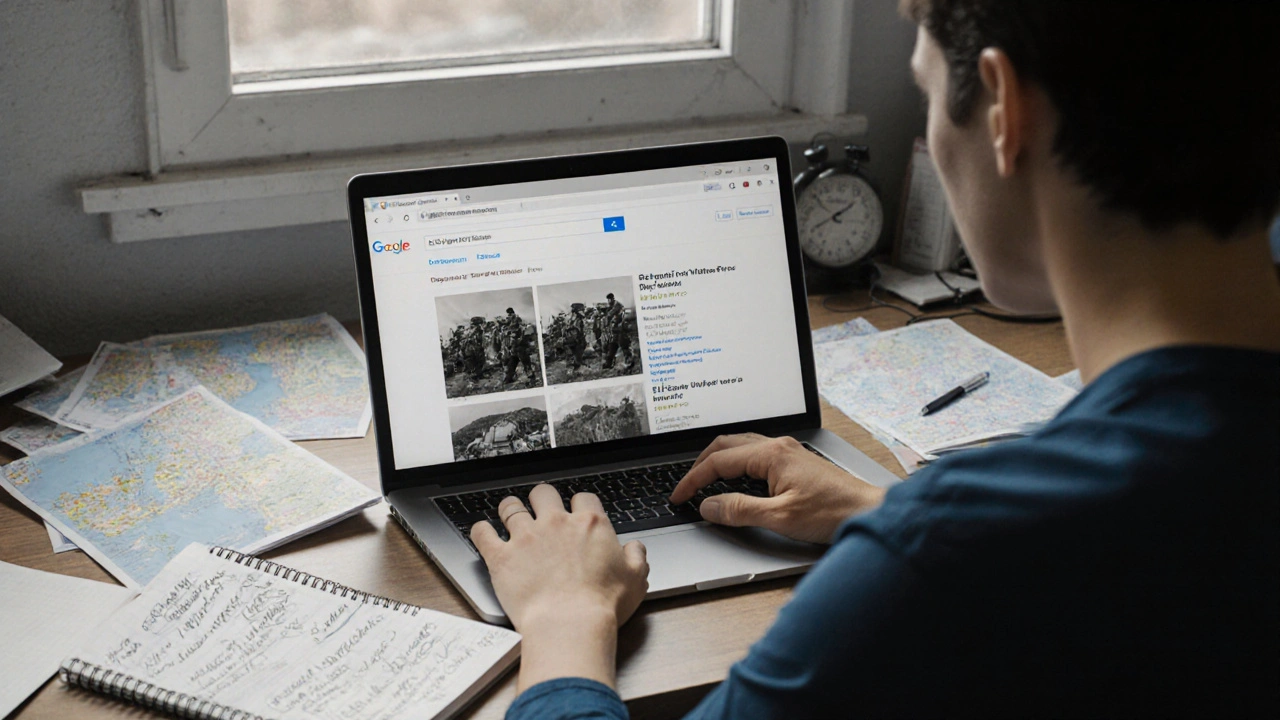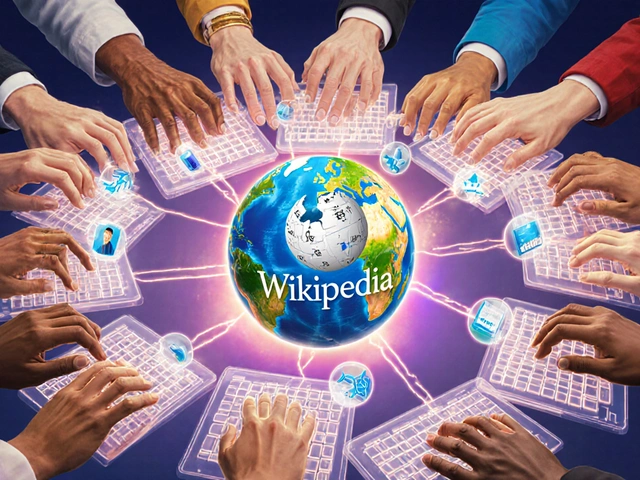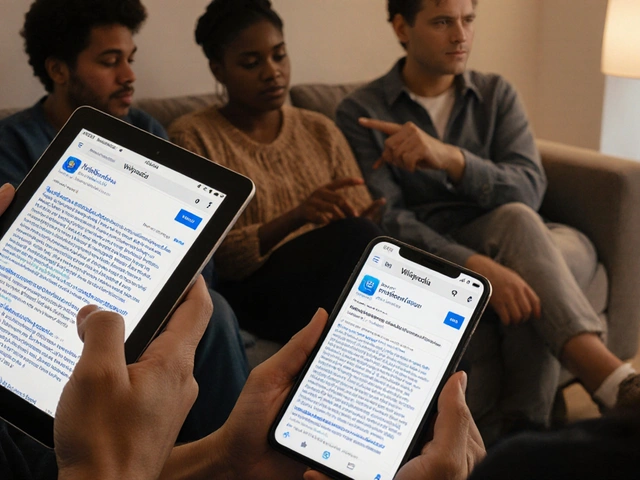Wikimedia licensing: How CC BY-SA powers free knowledge reuse
When you read a Wikipedia article, you’re not just getting information—you’re accessing content licensed under CC BY-SA, a legal license that allows free sharing and adaptation of content as long as credit is given and changes are shared under the same terms. Also known as Creative Commons Attribution-ShareAlike, it’s the engine behind why Wikipedia’s knowledge can be reused in classrooms, apps, documentaries, and even AI training datasets. Unlike traditional copyright, CC BY-SA doesn’t lock knowledge away. It invites people to build on it, remix it, and spread it—so long as they play by the same rules. This isn’t just a legal footnote; it’s the foundation of the entire Wikimedia movement. Without it, Wikipedia wouldn’t be able to work with museums, libraries, or schools that want to reuse its content without begging for permission.
Related to this are the tools and practices that make reuse possible. Creative Commons, a nonprofit that creates free, standardized licenses for sharing creative works, designed CC BY-SA to be simple enough for a high school student to understand but strong enough to hold up in court. That’s why you’ll see it used not just on Wikipedia, but across Wikimedia projects like Wikidata, Wikimedia Commons, and even Wikinews. Another key player is content reuse, the act of taking Wikipedia text, images, or data and repurposing it elsewhere while following license rules. This happens every day—students citing Wikipedia in papers, developers pulling data into apps, journalists using it to fact-check. But reuse isn’t always done right. Many forget to credit Wikipedia, or they don’t realize that if they change the text, they must also release their version under CC BY-SA. That’s why Wikipedia’s licensing isn’t just about permission—it’s about responsibility.
And it’s not just about copying text. The license also covers media files uploaded to Wikimedia Commons, from photos of ancient ruins to diagrams of cell biology. That’s why educators in rural Kenya can use a Wikipedia image in a local curriculum, or why a museum in Brazil can display a Wikimedia photo without paying a fee. But this openness has limits. Copyright takedowns still happen, and some organizations try to claim ownership over content they didn’t create. Meanwhile, AI companies scrape Wikipedia data without always giving credit, raising new questions about how CC BY-SA applies in the age of machine learning. The rules are clear, but enforcement is messy. What’s certain is this: if you want to use Wikipedia’s knowledge, you’re not just getting information—you’re joining a global agreement to keep knowledge free, open, and shared.
Below, you’ll find real stories from editors, researchers, and users who’ve navigated these rules—whether they’re fixing broken links in reused content, fighting copyright claims, or building tools to help others comply. You’ll see how licensing shapes what stays online, who gets to use it, and why keeping it free isn’t just idealistic—it’s practical.
Photographic Evidence in Wikipedia News Articles: Licensing and Verification
Wikipedia relies on properly licensed and verified photos in news articles to ensure accuracy and legal compliance. Learn how images are sourced, checked, and why even one wrong photo can spread misinformation.






